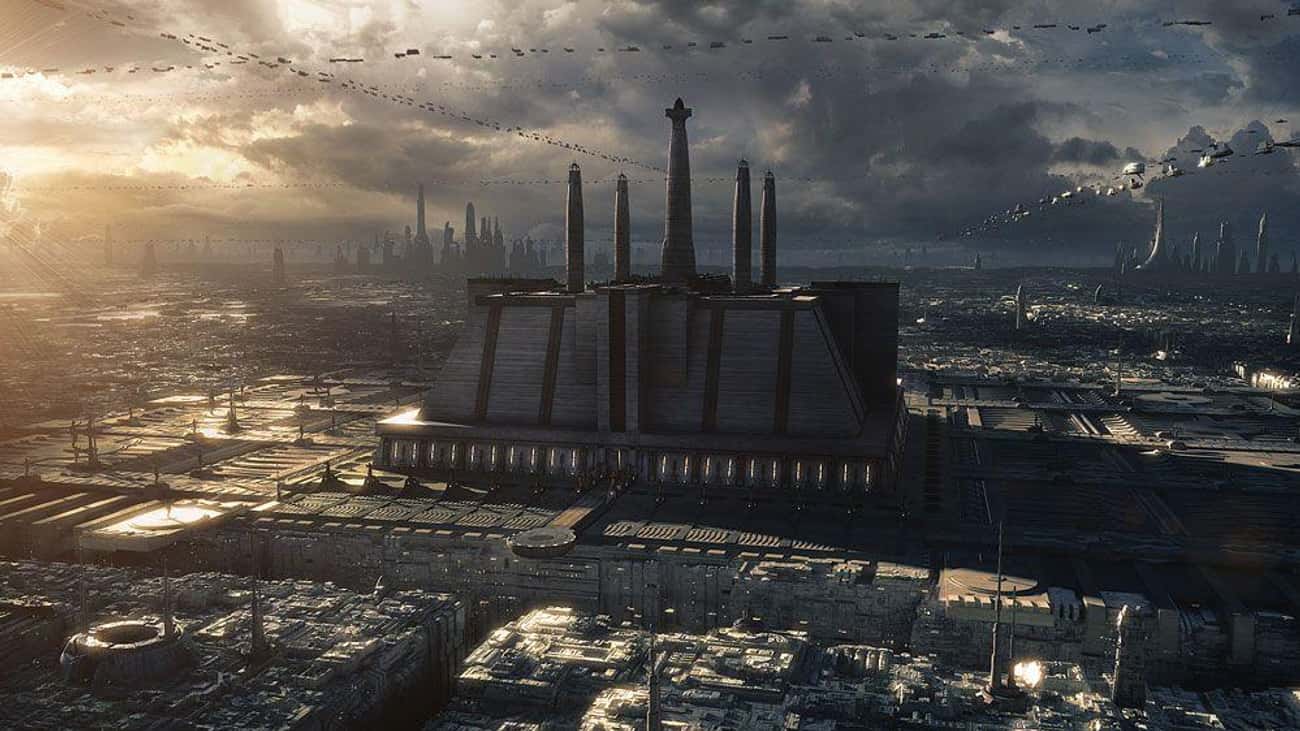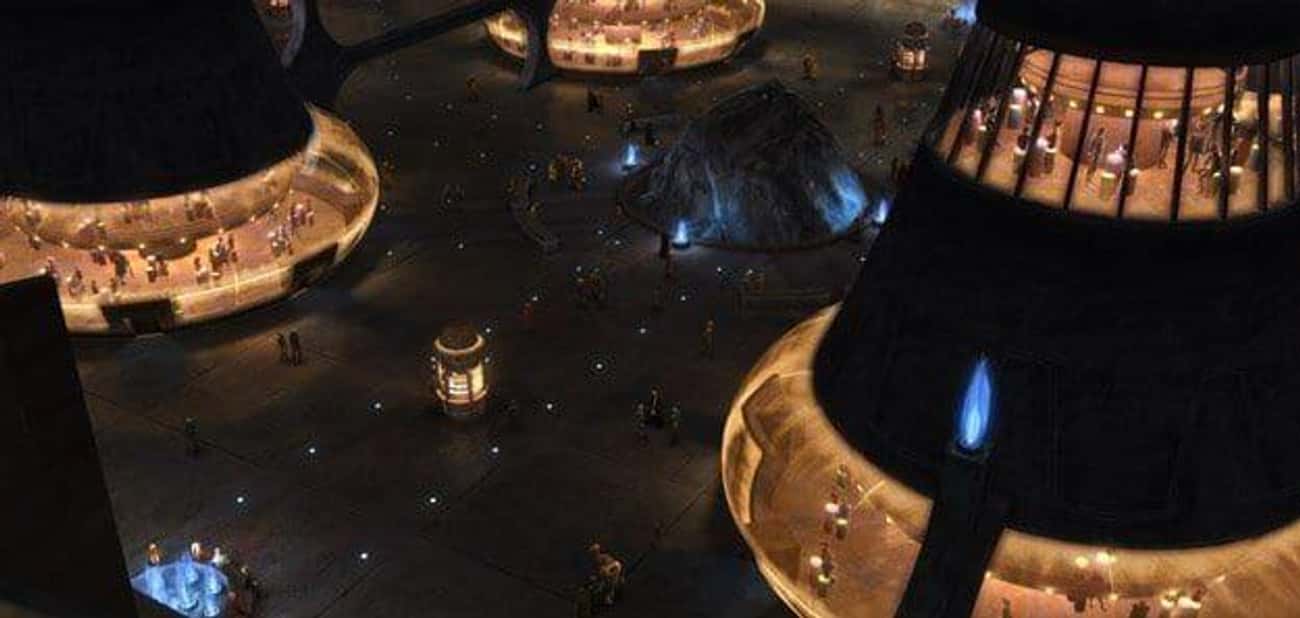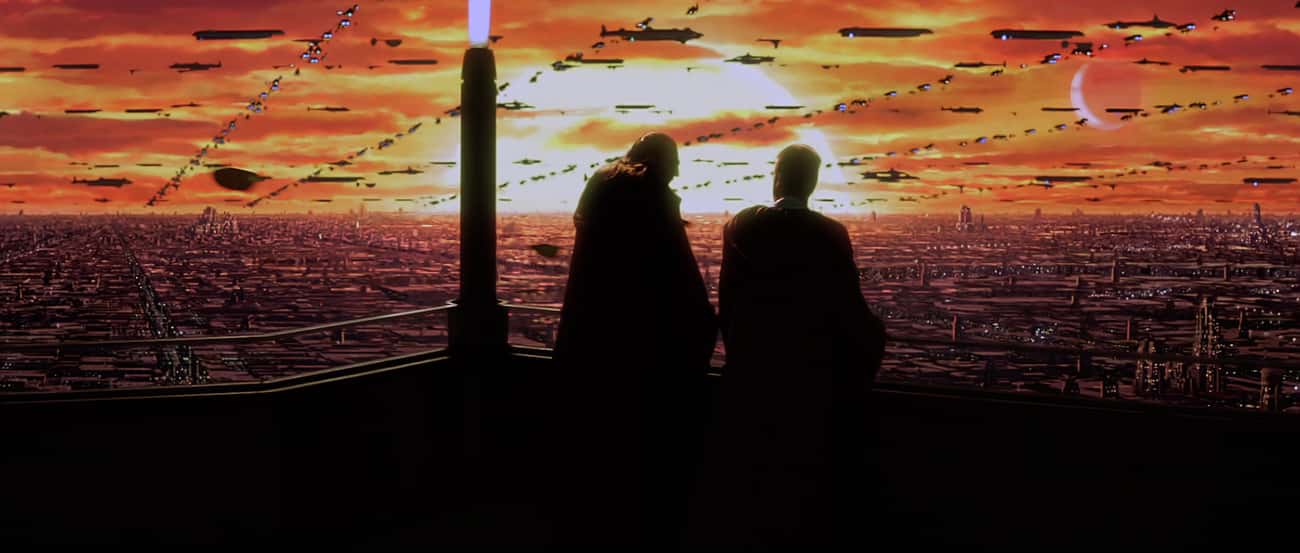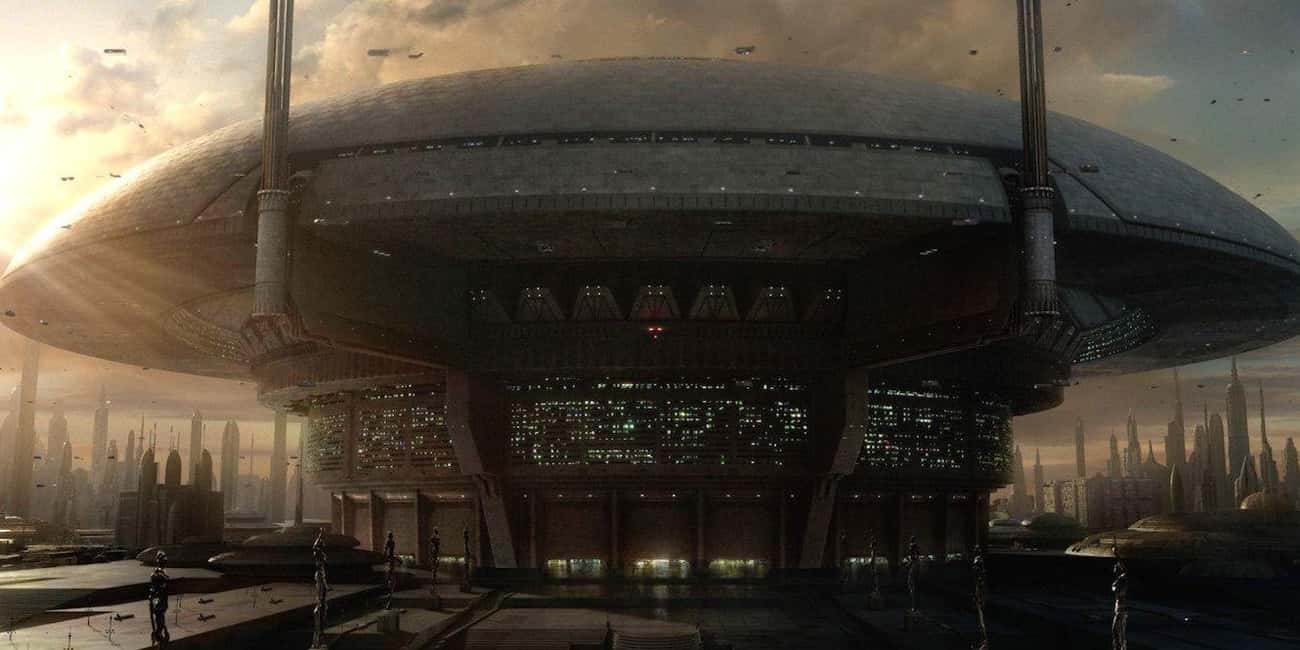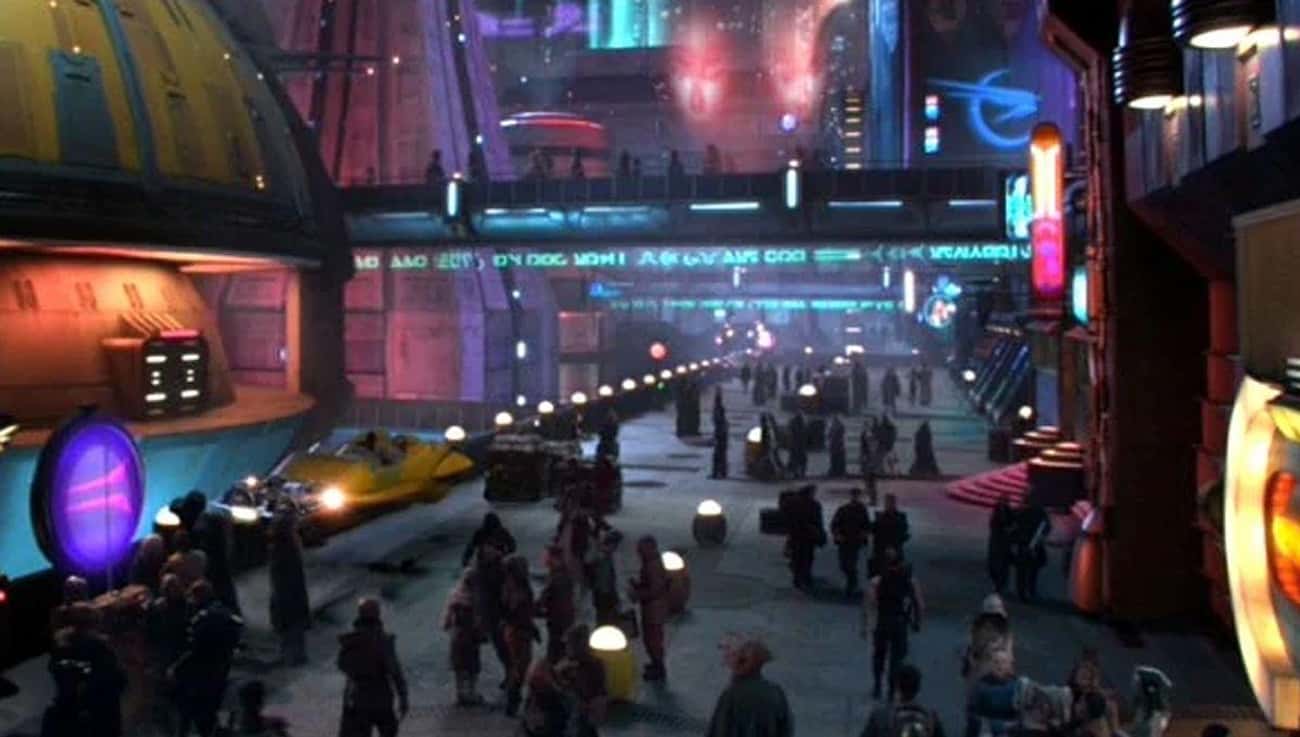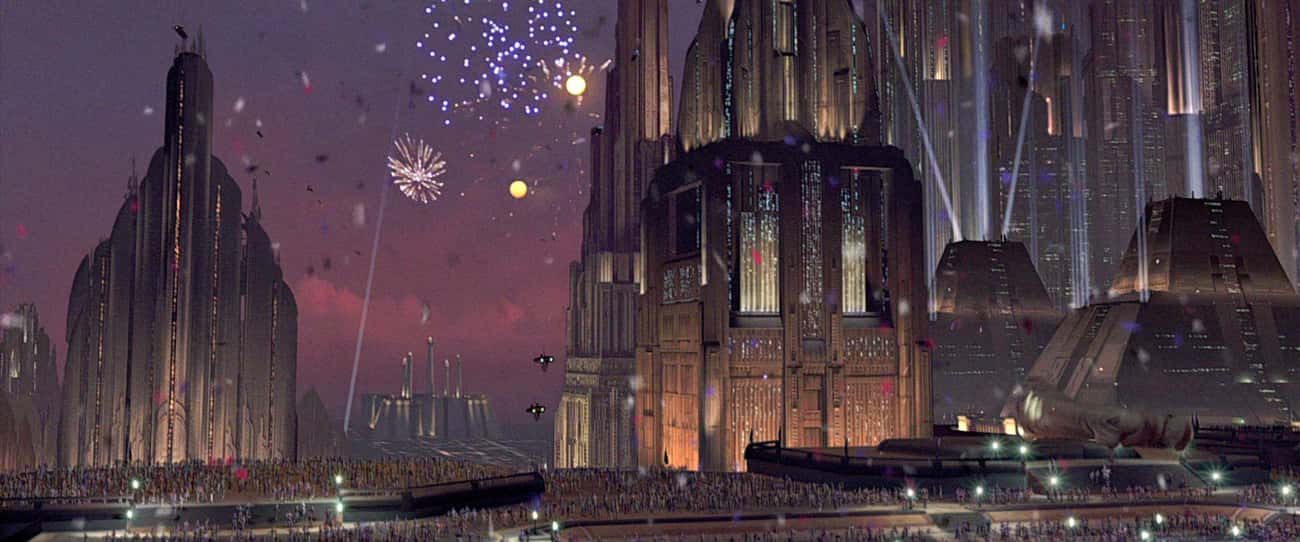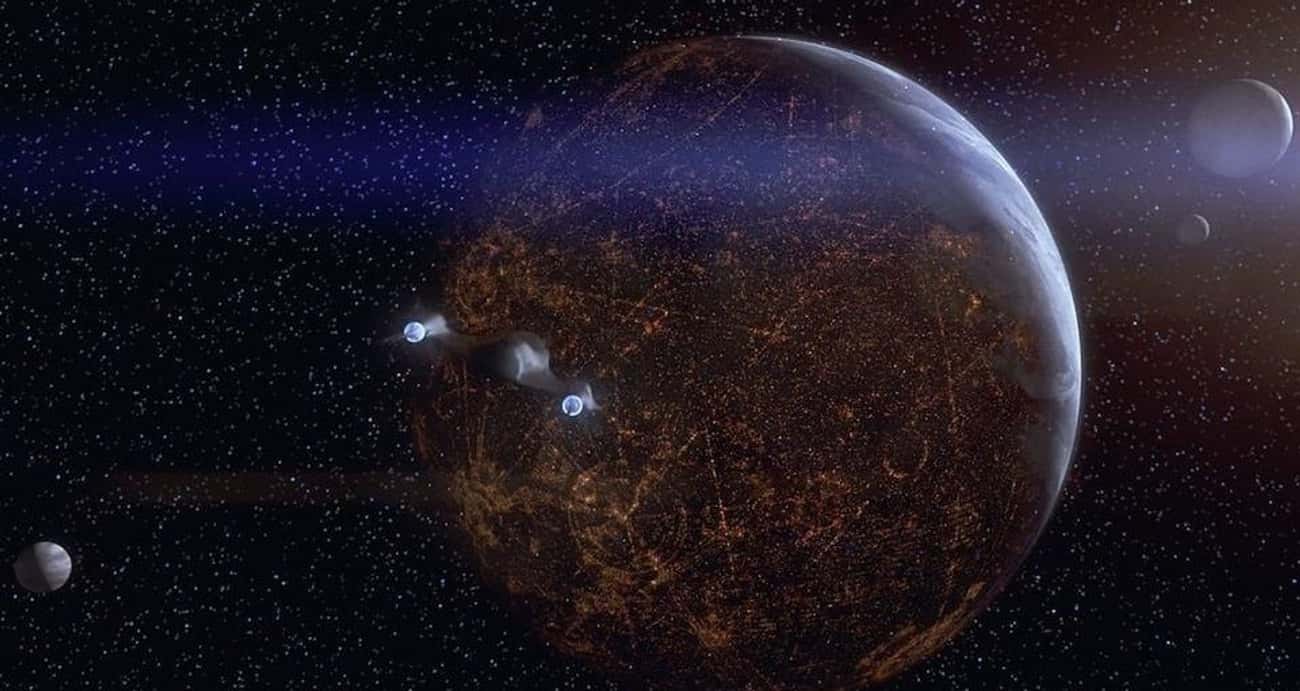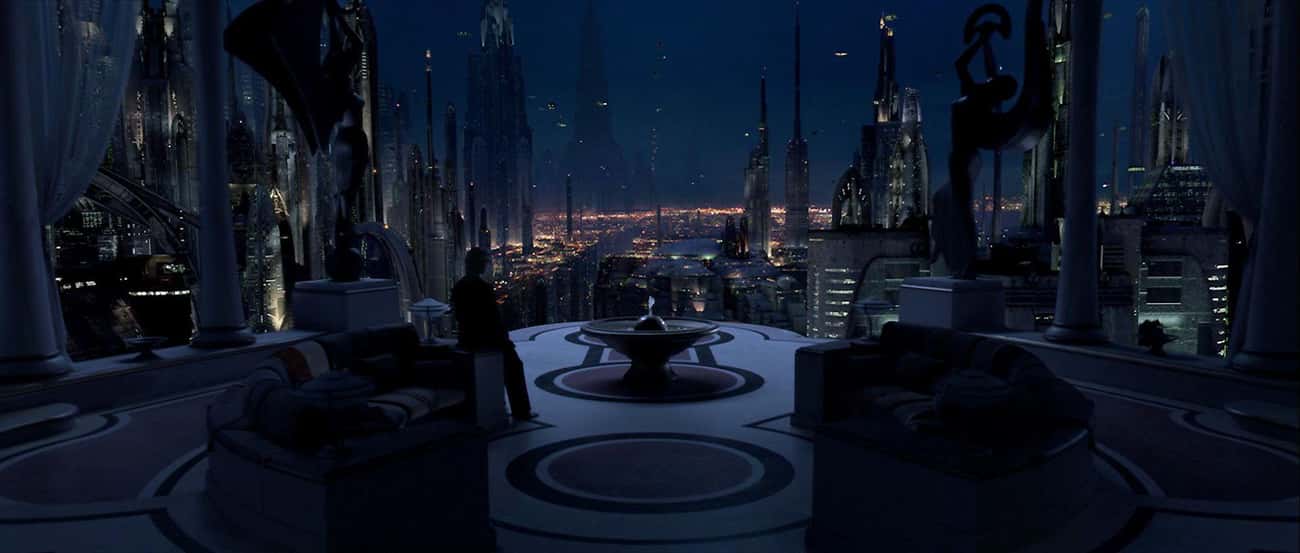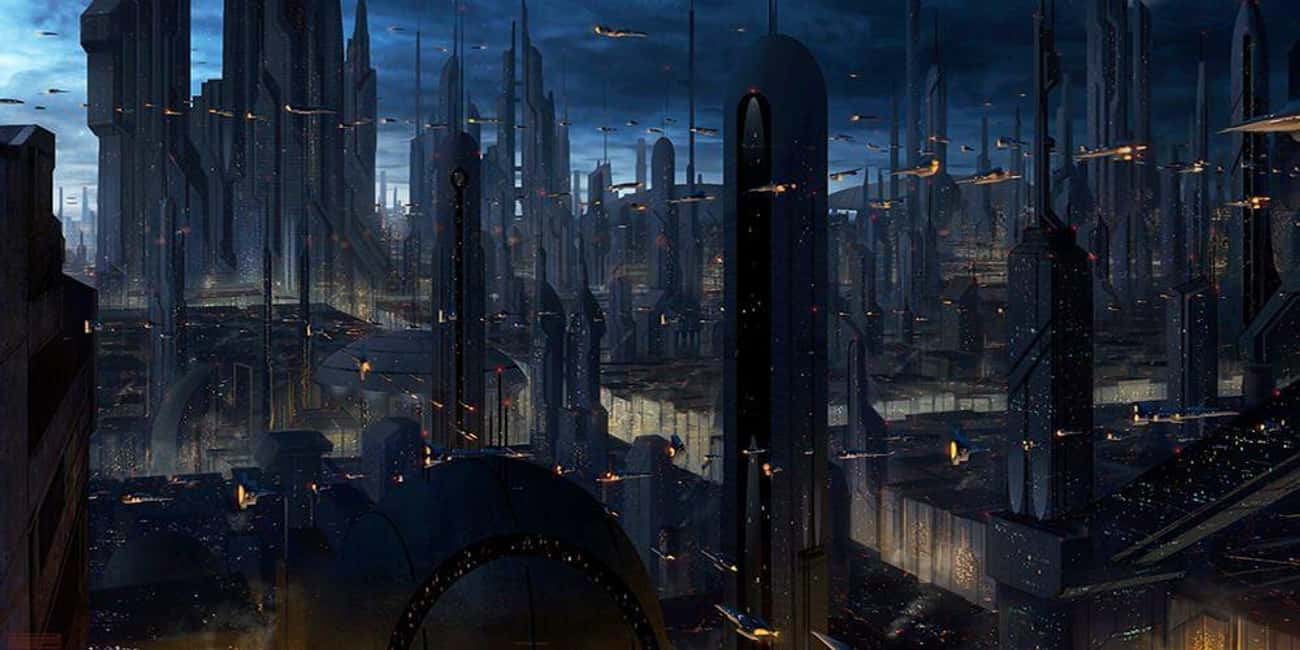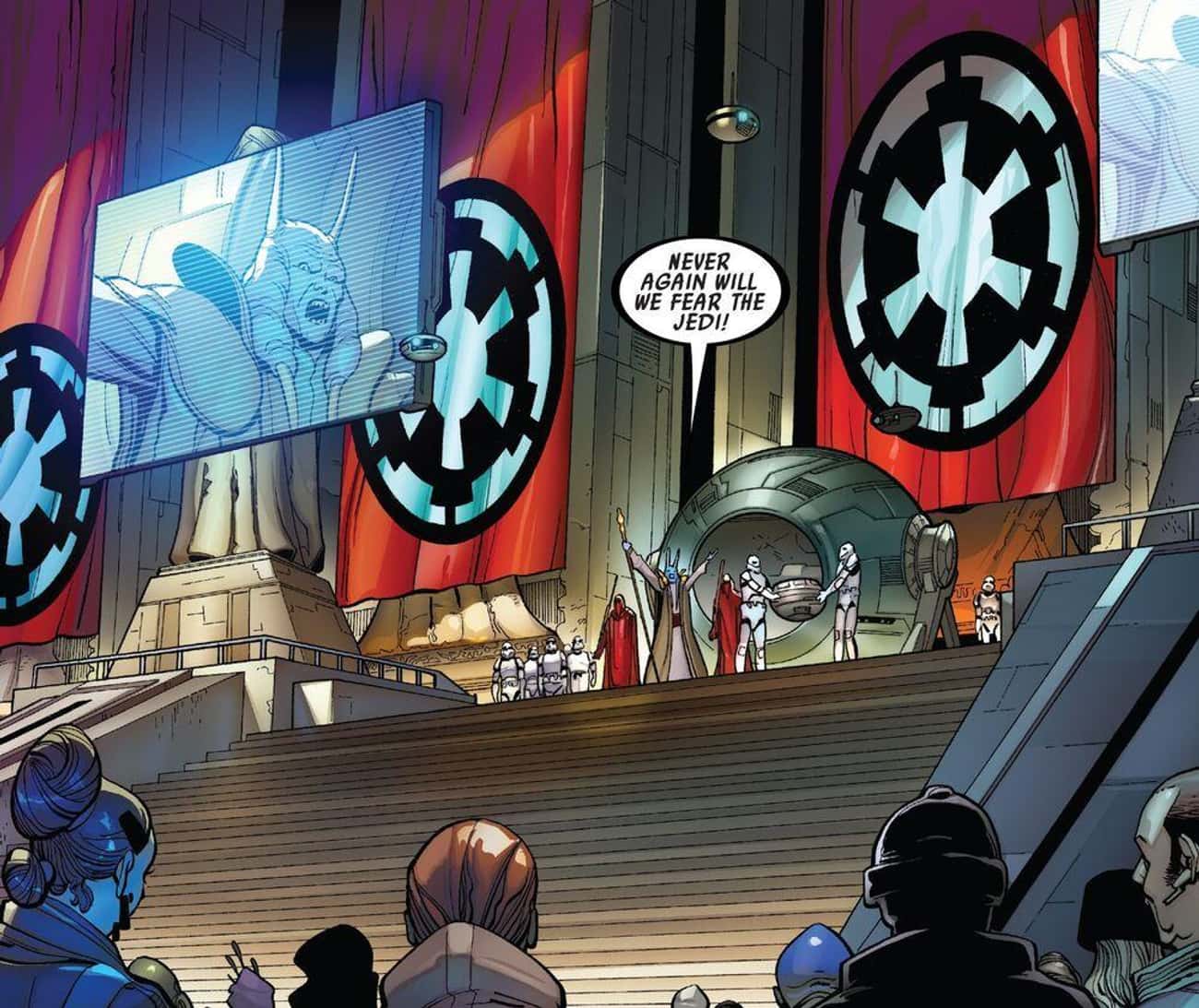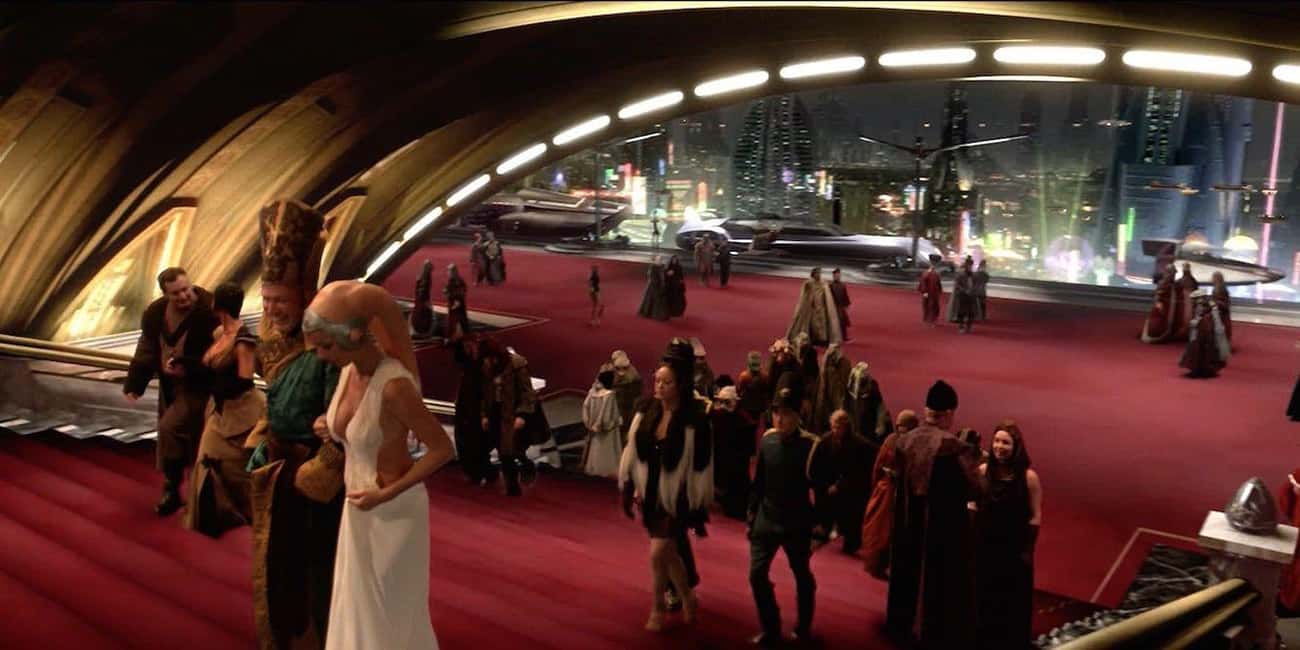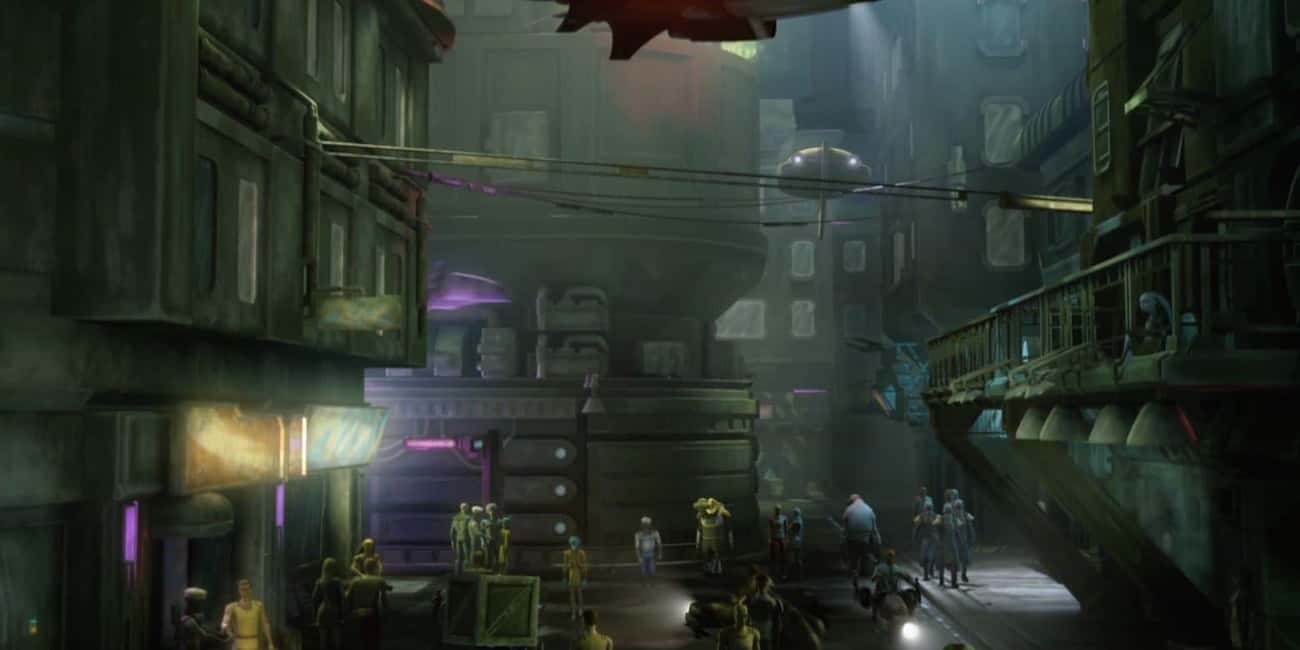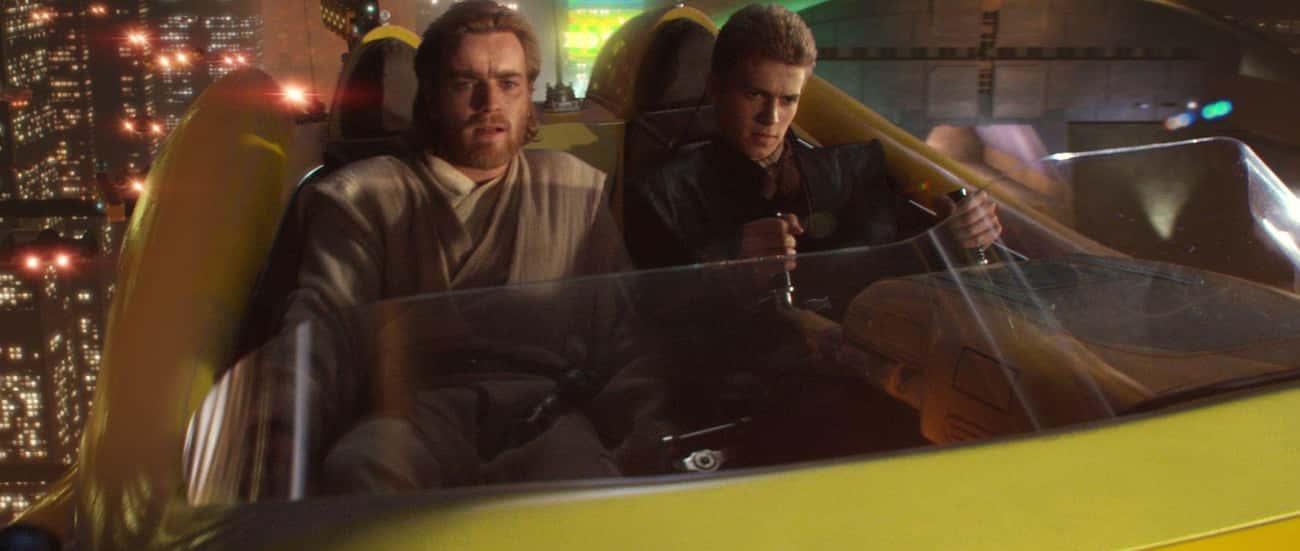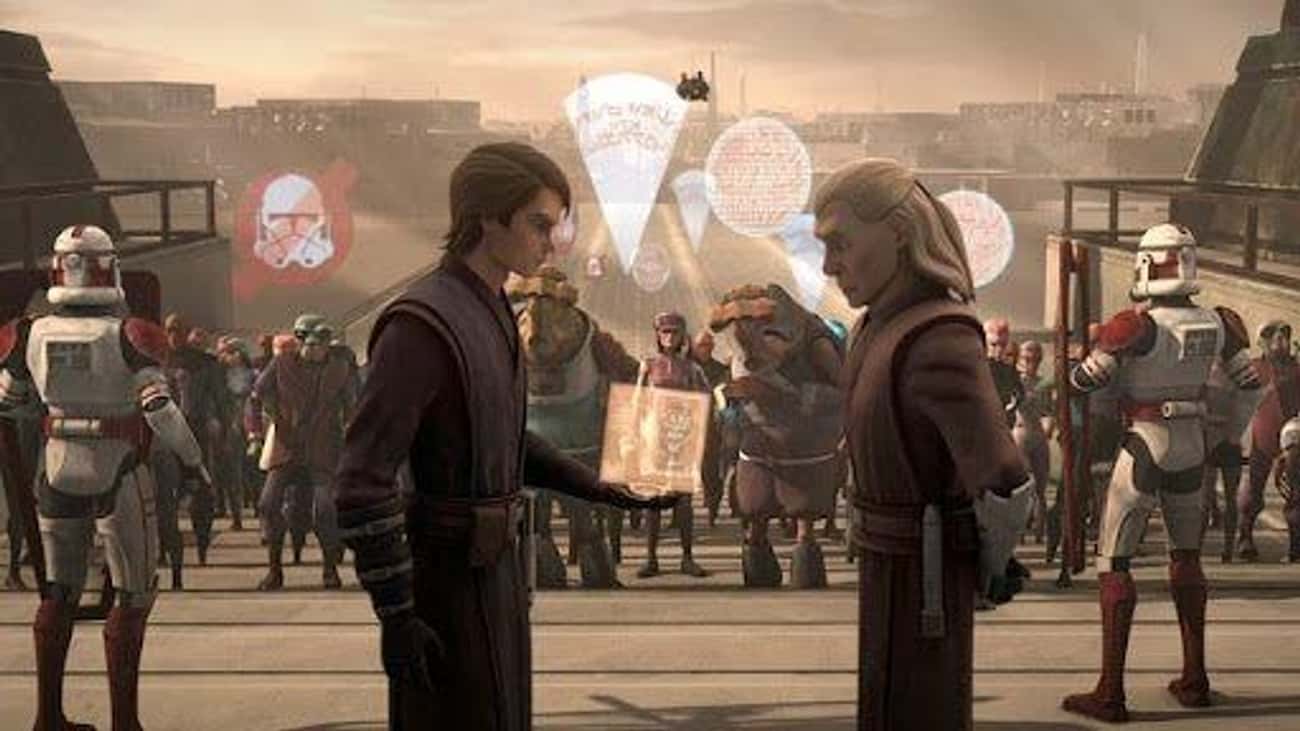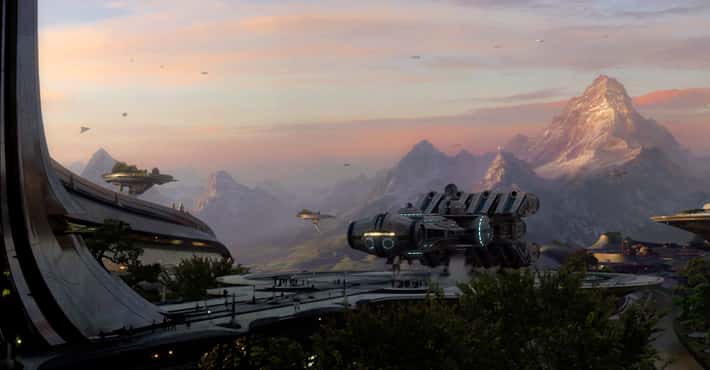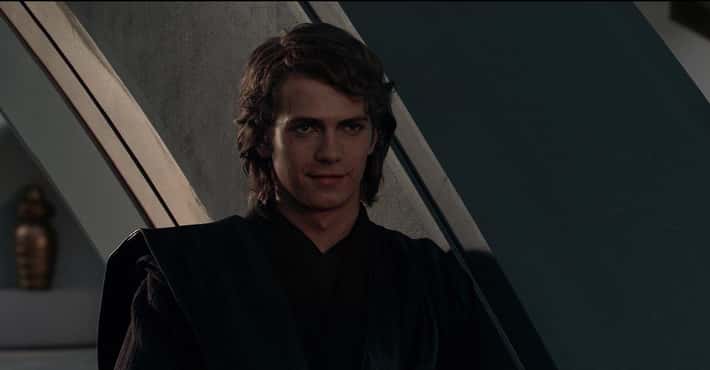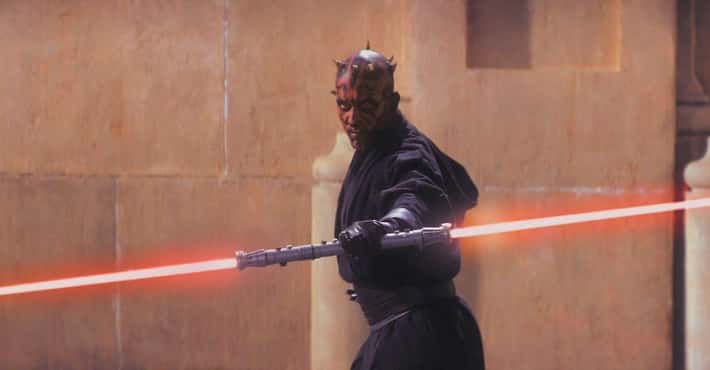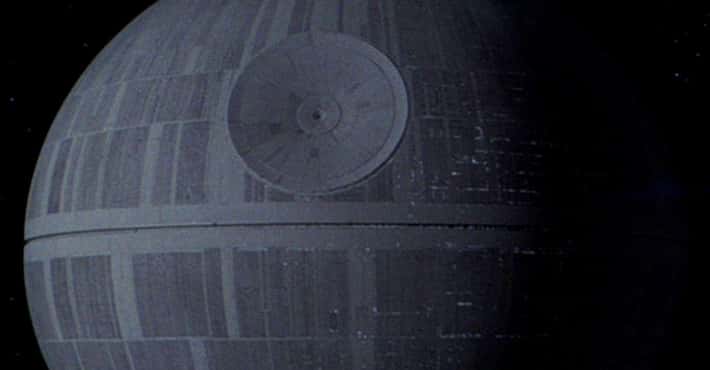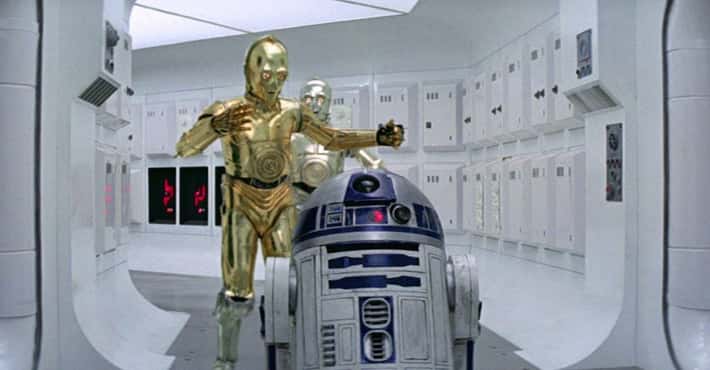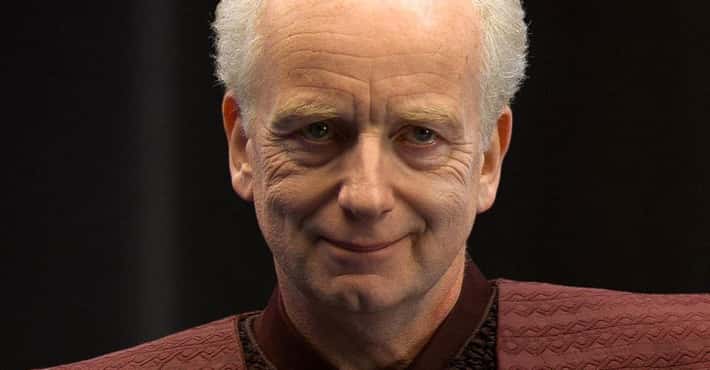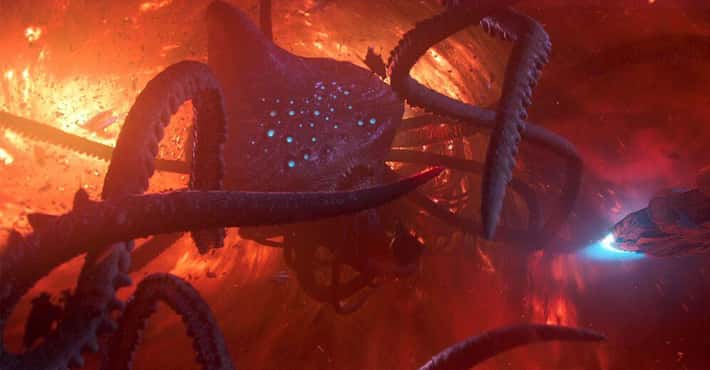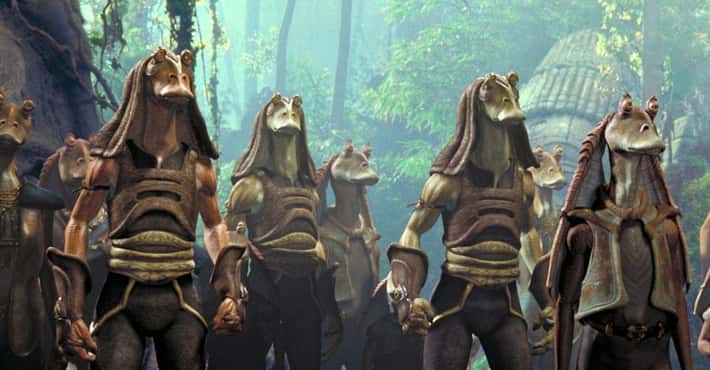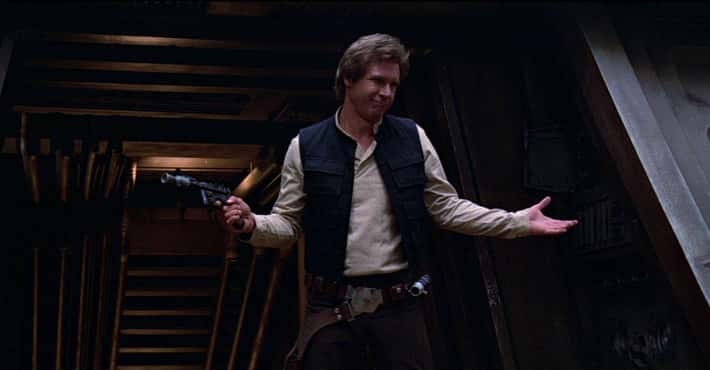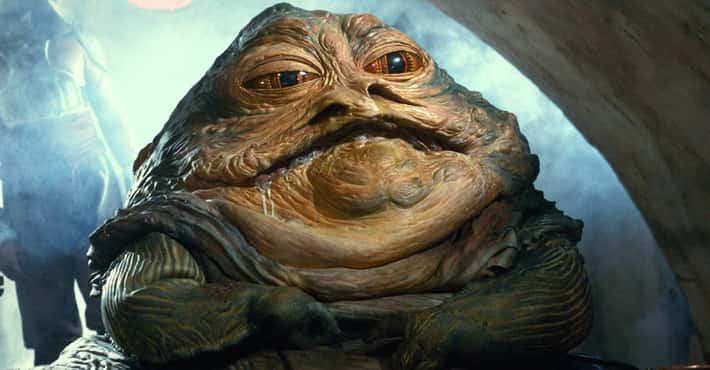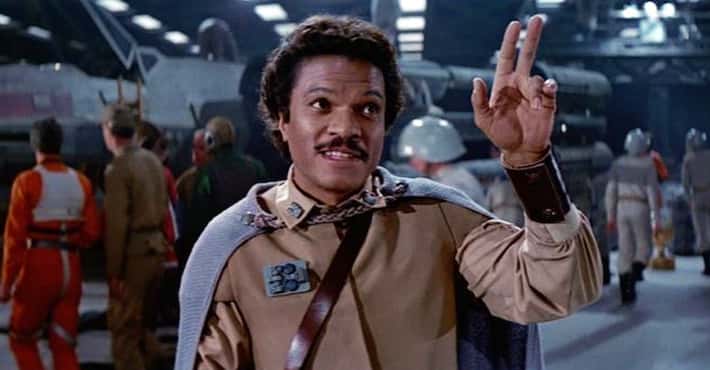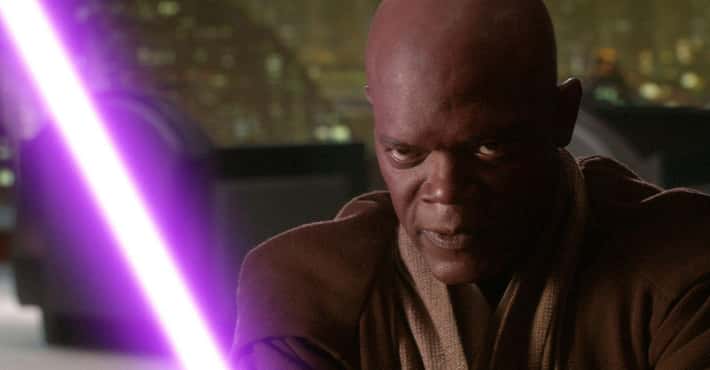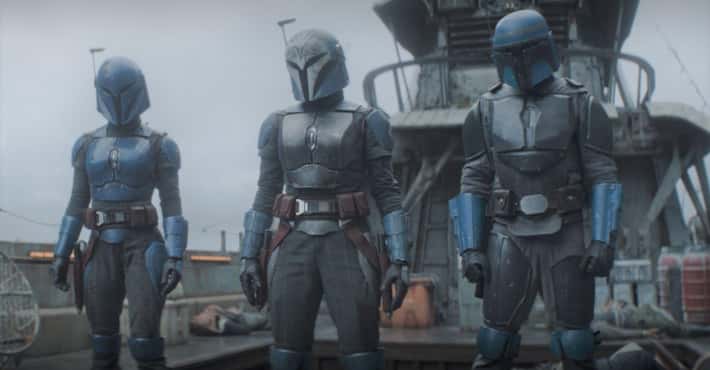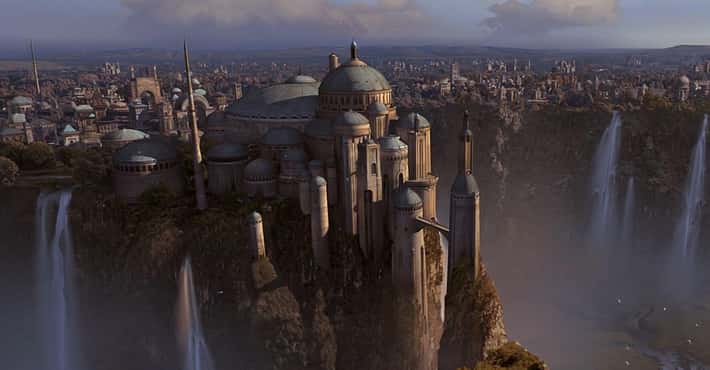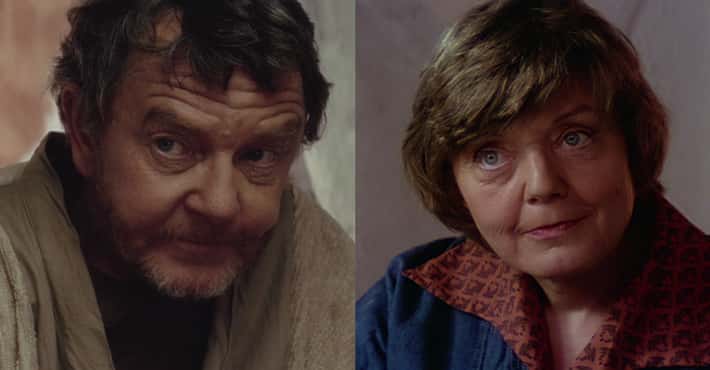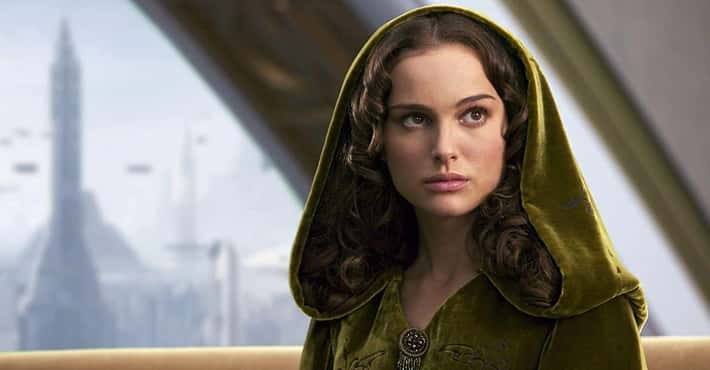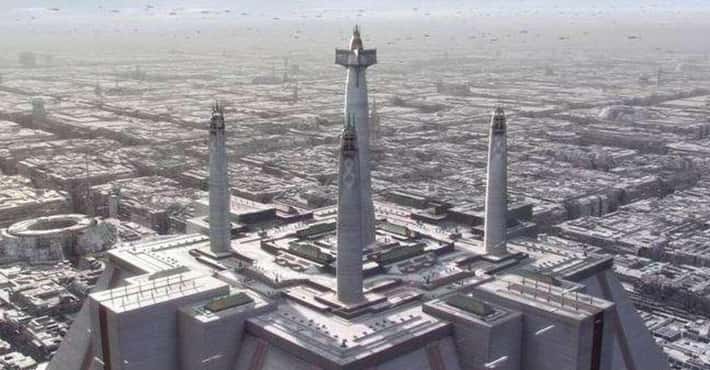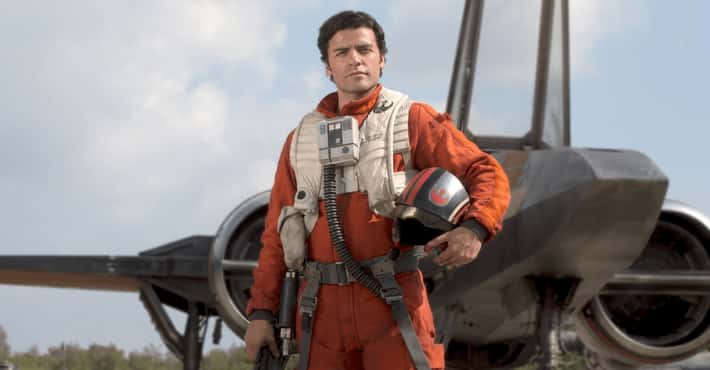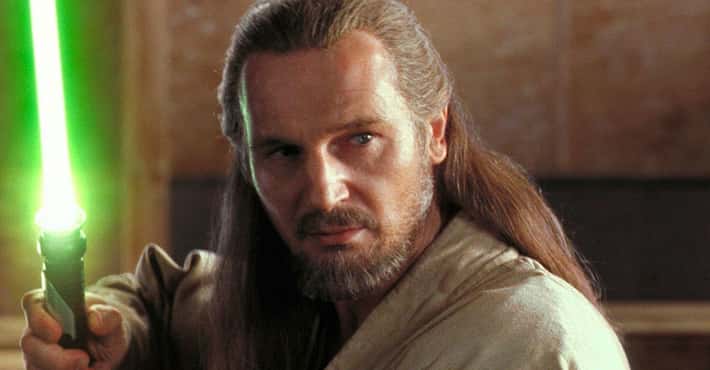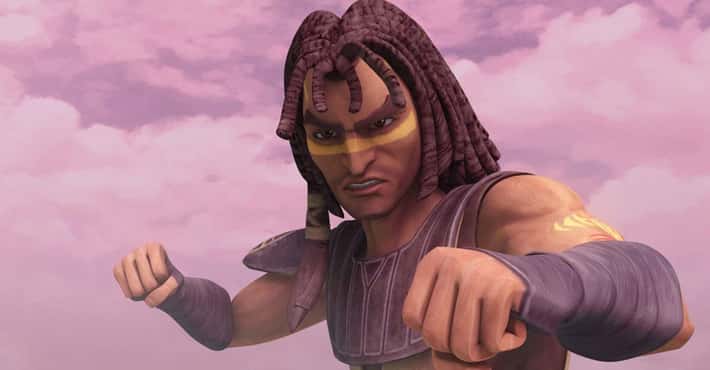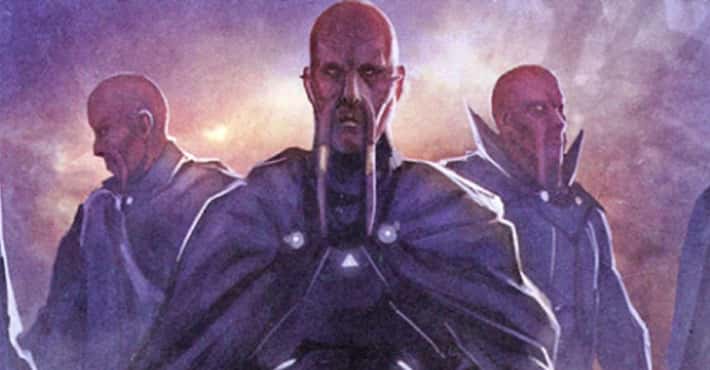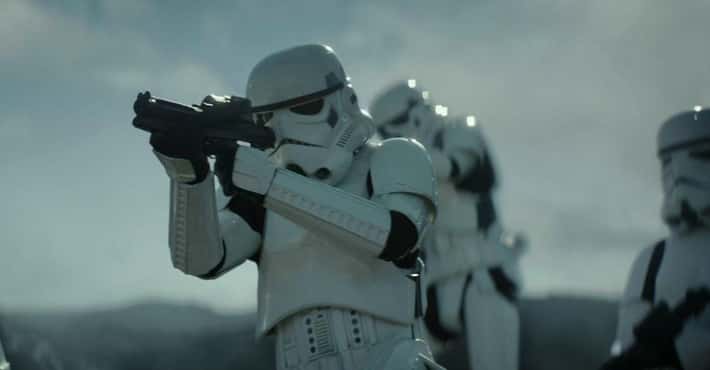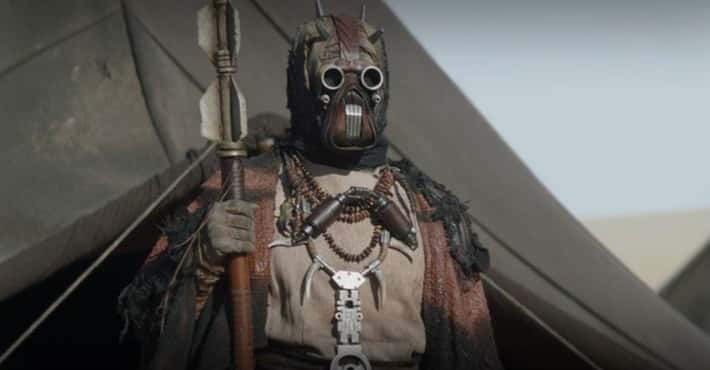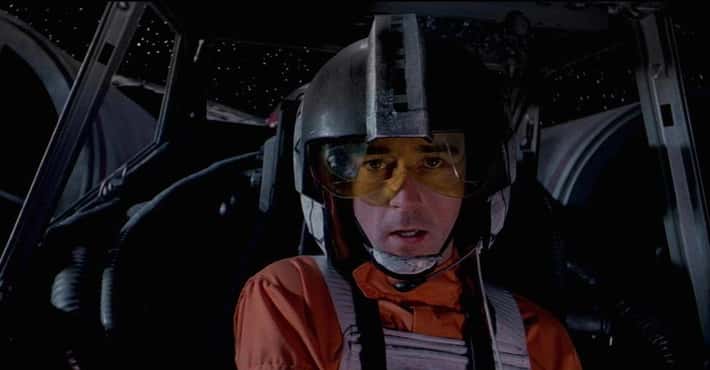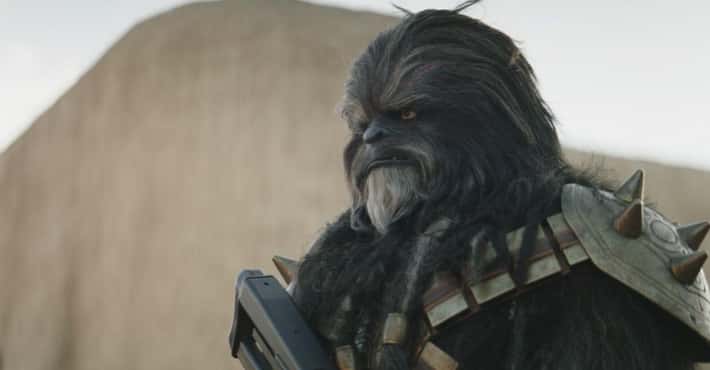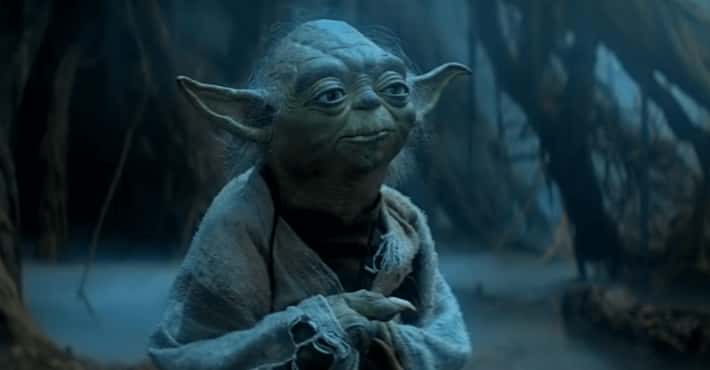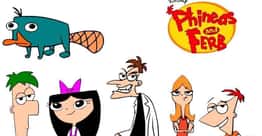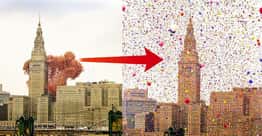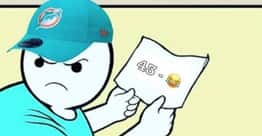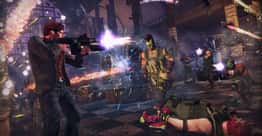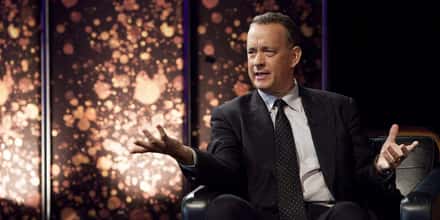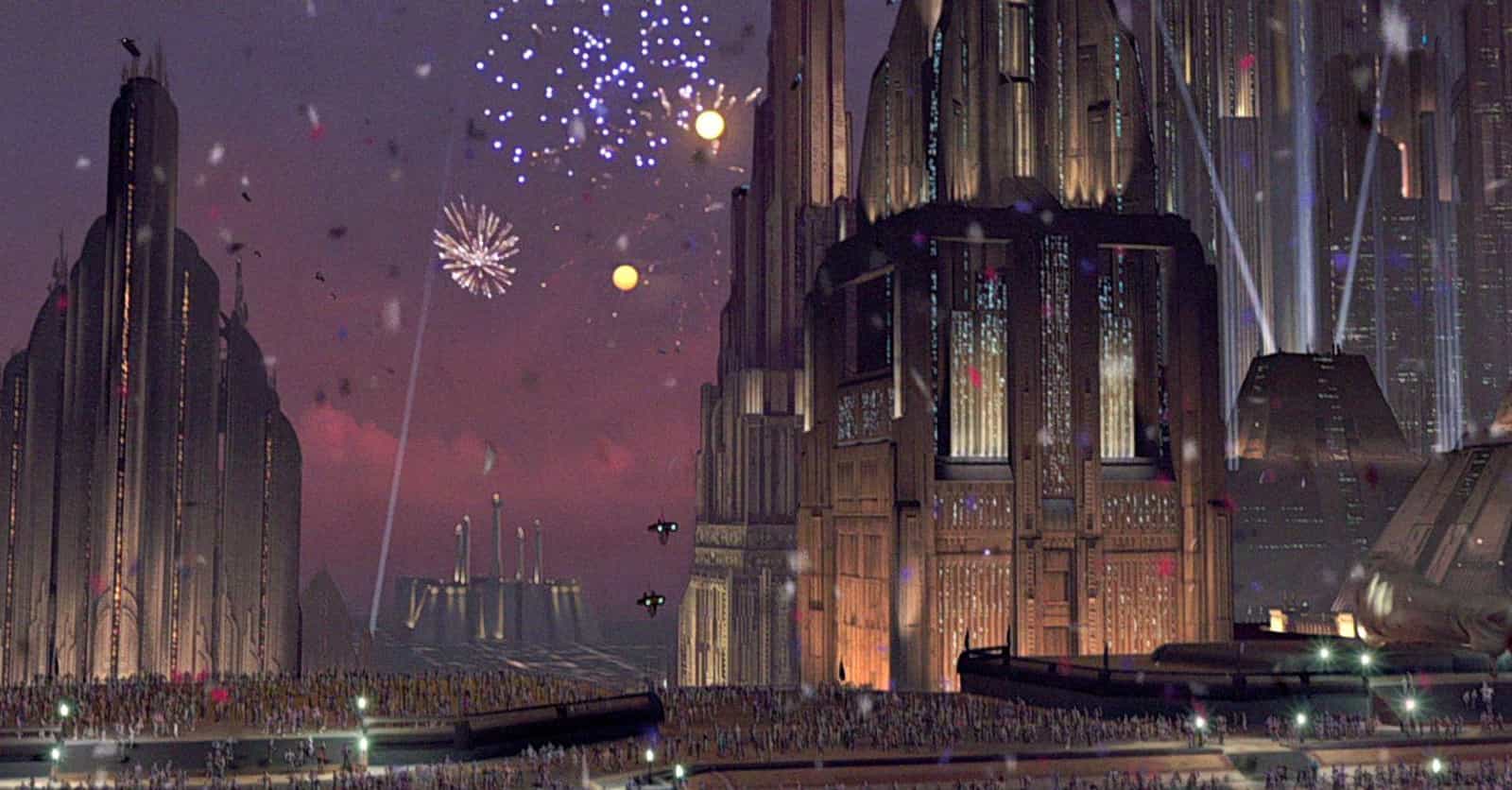
15 Things You Didn't Know About Coruscant: The Center Of The 'Star Wars' Galaxy
- 1244 VOTES
The Jedi Temple Was Built On Top Of A Sith Shrine (And Eventually Became The Imperial Palace)
Photo: Star Wars: Episode III - Revenge of the Sith / 20th Century FoxThe Jedi Temple has a long and complex history that stretches back millennia. When we see it in the prequel trilogy, it's clearly the central hub of the Jedi, but what you may not know is that the Temple was actually built on an ancient Sith shrine that was dedicated to the dark side of the Force. The Jedi reclaimed the site about 5,000 years before the events of the films, and destroyed all remnants of the Sith.
The site of the Temple was built on a natural mountain spire that was rich in the Force, which explains what drew both the Jedi and the Sith to the location. After the Jedi were wiped out as a result of Order 66, the Temple became the Imperial Palace, and Palpatine further transformed it and eliminated the history of the Jedi that was so proudly displayed around the building.
- 2213 VOTES
Monument Plaza Is Home To The Last Remaining Mountain Peak On The Planet
Photo: Star Wars: The Clone Wars / LucasfilmCoruscant is a massive, city-covered planet that just keeps expanding. Because the city covers the entire face of the planet, any growth goes on top of what already exists. Although the planet did have a natural surface, that surface has long since been buried, and one of the only remnants of it can be seen in Monument Plaza.
Monument Plaza is the site of the planet's only uncovered mountain peak, Umate, which is the highest point of the Manarai range. Because the city is so tall, the rest of the entire range has been built over.
- 3245 VOTES
All Of The Weather On Coruscant Is Artificial
Photo: Star Wars Episode I: The Phantom Menace / 20th Century FoxBecause Corscant has developed buildings that stretch so far into the planet's stratosphere, the climate of the planet has been wildly altered. Some of the planet's tallest buildings are so tall that there are enormous pressure and temperature differences from the top of the building to the bottom.
As a result, the microclimates on Coruscant can be hugely unpredictable. Because of these variable climates, the planet has a climate control system that regulates the weather almost completely, meaning that every weather event on the planet is artificial and prescribed by an unnatural system that keeps things kosher on the planet.
- 4222 VOTES
Coruscant Is Believed To Be The Birthplace Of Humans In The ‘Star Wars’ Galaxy
Photo: Star Wars: Episode III - Revenge of the Sith / 20th Century FoxIn addition to being the present-day center of political and cultural life for the citizens of the galaxy, legend has it that Coruscant was also the first planet humans inhabited in the galaxy. That explains why it is also one of the most technologically advanced planets, as it required humanity to develop certain technologies before they could begin traveling throughout the rest of the galaxy.
Initially, the planet had some rivals for cultural and political dominance in the galaxy, but the planet eventually outmaneuevered them to become the center of galactic life. The planet has had many political systems over the course of its history, but we're introduced to it during the waning days of the Republic.
- 5161 VOTES
The Planet Is Divided Into More Than 5,000 Levels, From The Surface To The Underworld
Photo: Star Wars: Episode II - Attack of the Clones / 20th Century FoxCoruscant is defined by its constant sprawl. The planet's city is continuously built on top of itself, leading to the total desctruction of the planet's natural surface.
As it is depicted in the prequels, Coruscant has more than 5,000 seperate levels, from 1 to 5,127. The lowest inhabitable level is level 5, and the city's lower levels are filled with dark, quiet alleys that make them an ideal location for thieves looking to prey on unsuspecting victims. Coruscant's surface in the clouds may be beautiful, but it's hiding a seedier underbelly in the levels below.
- 6140 VOTES
Following ‘Return of the Jedi’, A Civil War Broke Out On Coruscant
Photo: Star Wars: Episode VI - Return of the Jedi / 20th Century FoxAlthough Return of the Jedi may have signaled the end of the Empire as it properly existed, that didn't mean that all the people who were loyal to the Empire or who had benefited from the regime suddenly disappeared. Instead, a bitter civil war broke out on Coruscant between those who were aligned with the Rebel Alliance and those who were still loyal to the Empire.
After the Emperor's demise, various bureacrats attempted to hold onto power, even as a fierce guerilla war broke out across the planet. Ultimately, the Rebels were able to retake the planet, in part because the most powerful remnants of the Empire were not united behind defending it.
- 7171 VOTES
The Galactic Dating System Is Based On Coruscant’s Standard Year
Photo: Star Wars Episode I: The Phantom Menace / 20th Century FoxCoruscant is not at the exact center of the galaxy, but its role is central to the galaxy, which is why the galactic dating system uses the Coruscant day and year. Coincidentally, the Coruscant day is 24 hours, and the Coruscant year lasts 365 days.
This means that the entire galaxy is living in years that last exactly as long as a year does on Earth, which has led some to suggest that Coruscant is the Star Wars version of Earth. The planet may not literally be Earth, as some have speculated, but it certainly has the same calendar.
- 8124 VOTES
Rioting Broke Out On Coruscant Following The Destruction Of Alderaan
Photo: Star Wars Episode III: Revenge of the Sith / 20th Century FoxBecause Coruscant was the galaxy's main hub, populations from every planet immigrated to the capital just as they do in the real world. By the time the Death Star blew up Alderaan, there was a sizable population of Alderaanians living on Coruscant, and when they heard the news that their homeworld had been destroyed by the Empire, riots broke out on the planet.
This rioting continued for several days, and it wasn't until the Imperial Security Force united with battalions of stormtroopers that the rioting ceased. After that, Alderaanians were rounded up and taken in for questioning, with stormtroopers claiming that there were rebel spies among them.
- 9166 VOTES
Coruscant Was First Named By Timothy Zahn In ‘Heir to the Empire’
Photo: Star Wars Episode III: Revenge of the Sith / 20th Century FoxWe first saw Coruscant on screen during the 1997 reissue of Return of the Jedi, when the planet's citizens are seen celebrating after the Empire is defeated. In 1999's The Phantom Menace, the planet gets a full-scale introduction as we learn more about what Galactic Republic was life before the Empire took power.
Before all of that, though, the planet had already had its name for almost a decade. Author Timothy Zahn created the name for the 1991 book Heir of the Empire, which is no longer part of official Star Wars canon. Although the book itself is no longer canon, the name obviously stuck.
- 10156 VOTES
Criminal Syndicates Took Over After The Fall Of The Empire
Photo: Star Wars: The Clone Wars / LucasfilmEventually, Coruscant was one of many planets that joined the New Republic. It was stripped of its status as the Republic's sole capital, and it eventually began to deteriorate into a relatively lawless planet. In the aftermath of the Battle of Crait, almost the entire planet was roamed by gangs, and it was unsafe to travel on the planet without the aid of an armed escort or protective droid.
The planet's tourism economy disappeared virtually over night, and the planet became a startling example of the degradation that came to define the New Republic. After the fall of the Empire, Coruscant lost much of what many had once treasured about it, even as it was freed of a cruel and oppressive regime.
- 11128 VOTES
The Architectural Style Was Transformed As The Empire Took Hold
Photo: Marvel ComicsAfter the Empire was born, much of the architecture on Coruscant was transformed to match the ideology of this new regime. Buildings were stripped of many of the ornaments and fineries that had defined them during the Republic. Instead, the buildings of the Empire favored sleek lines and block-like surfaces.
Many of the planet's smaller buildings were also subsumed into larger ones, transforming the planet's surface in the span of only a few years to reflect the cold, harsh reality of the Empire.
- 12122 VOTES
Humans Make Up 68% Of Coruscant's Population
Photo: Star Wars Episode III: Revenge of the Sith / 20th Century FoxBecause humans were the native species on Coruscant, it makes sense that they would still make up more than half of the planet's population. Over time, Coruscant became a hub for all kinds of alien life forms, as well, which is why only 68% of the population is human during the events depicted in the films.
The population diversified as it became more of a popular destination, and immigrants migrated to the planet from all around the galaxy.
- 13116 VOTES
Coruscant's Underworld Receives Almost No Natural Sunlight
Photo: Star Wars: The Clone Wars / LucasfilmThe surface of Coruscant may look wealthy and prosperous, but an underworld of smugglers and lower-class citizens exists hundreds of feet below. The planet's underworld is defined by poor living conditions and congestion, and it receives few of the benefits that those on the surface are familiar with.
Those benefits include things as basic as natural sunlight, which the underworld basically never receives because so many layers of city have been built on top of it. As a result, the underworld of Coruscant has to be lit entirely artificially, meaning that its residents are essentially inside all the time.
- 14119 VOTES
Speeder Crashes Are Extremely Rare On Coruscant
Photo: Star Wars: Episode II - Attack of the Clones / 20th Century FoxAlthough Coruscant is one of the busiest, most congested planets in the galaxy, speeder crashes are nevertheless exceedingly rare there. That's in large part thanks to the planet's skylanes, which direct the air traffic by guiding speeders along preprogrammed lanes that allow them to reach their destinations.
Additional precautions were also taken through the installation of bomb proof shields and tracking systems that protect the skylanes against out-of-control or stray vehicles. These measures ultimately made travel on Coruscant very safe, at least during the days of the Galactic Republic.
- 15111 VOTES
Coruscant's Citizens Turned Against The Jedi
Photo: Star Wars: The Clone Wars / LucasfilmIn the last days of the Galacitc Republic, the Jedi lost much of their favor with the citizens of the Republic, and with those on Coruscant more specifically. Protestors began to gather outside of the Jedi Temple, blaming the order for the military losses that had happened during the Clone Wars, and for their new roles as generals, which was a shift from the centuries they'd spent as peacekeepers.
As tensions rose between the citizens of Coruscant and the Jedi Order, the Jedi Temple was bombed, ending the lives of six Jedi. It was this bombing that ultimately led Ashoka Tano to leave the Jedi and begin forging her own path.


